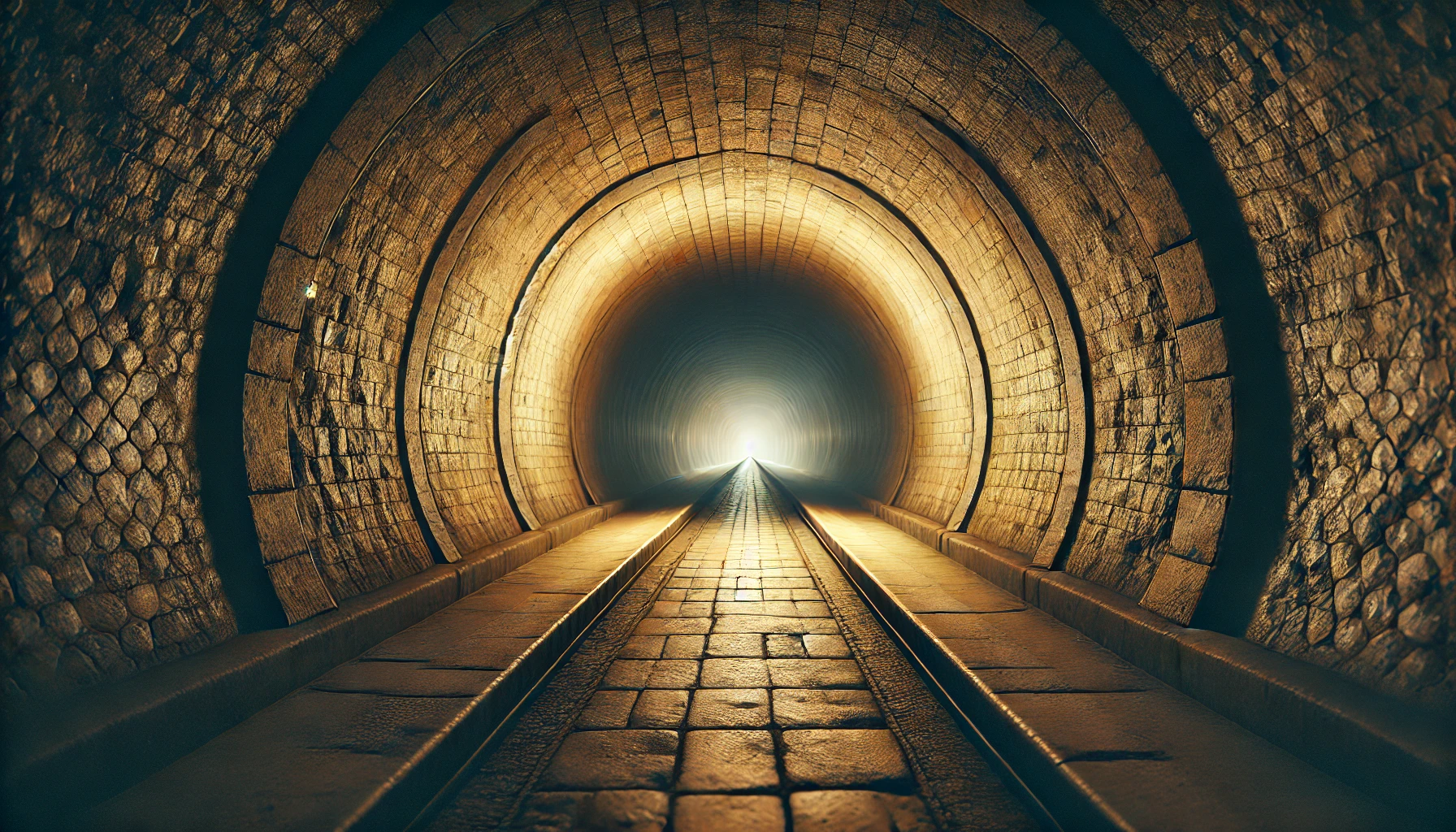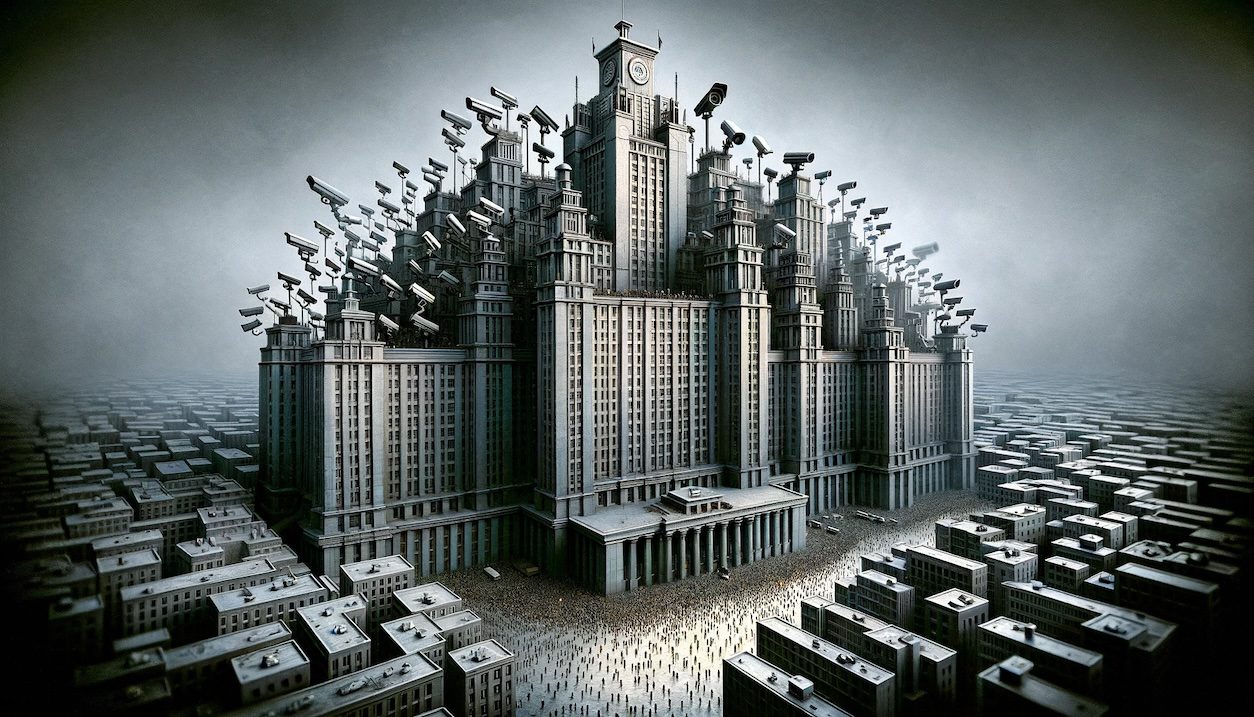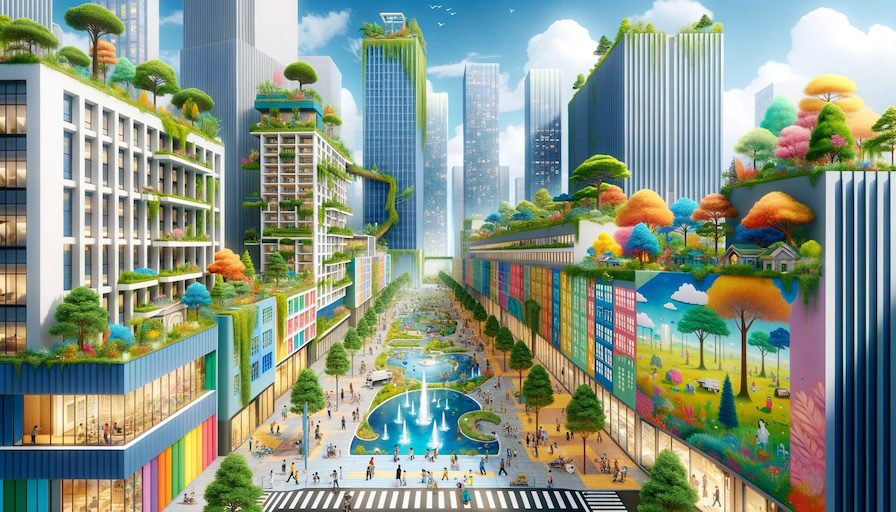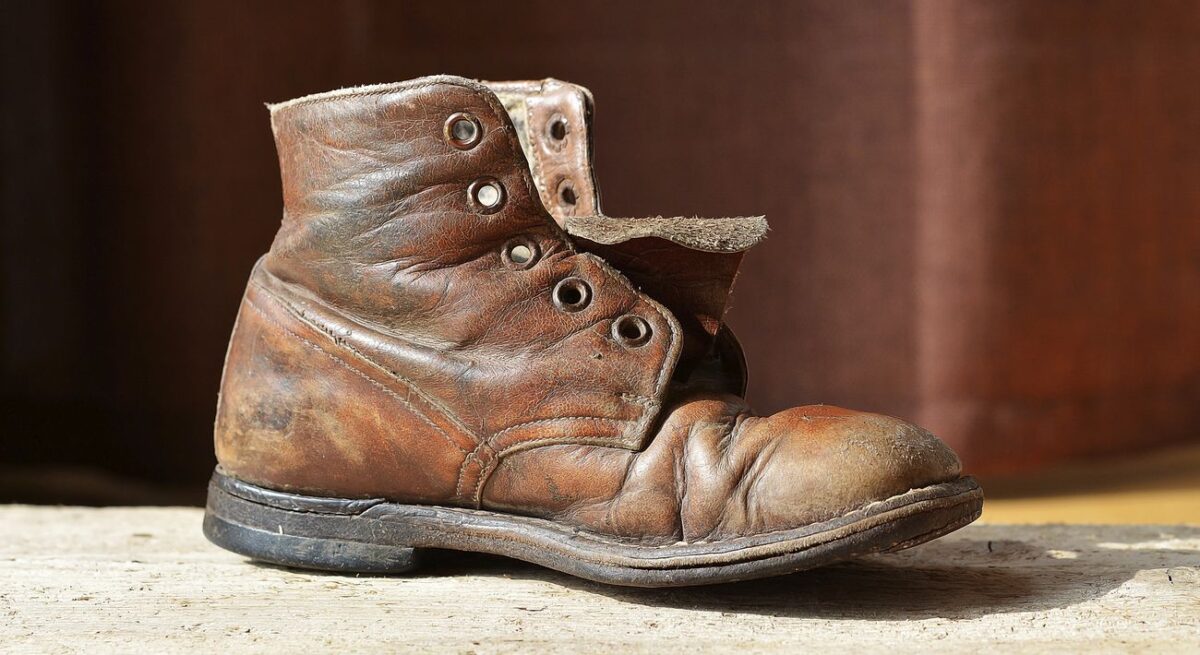Tag: singapore
-
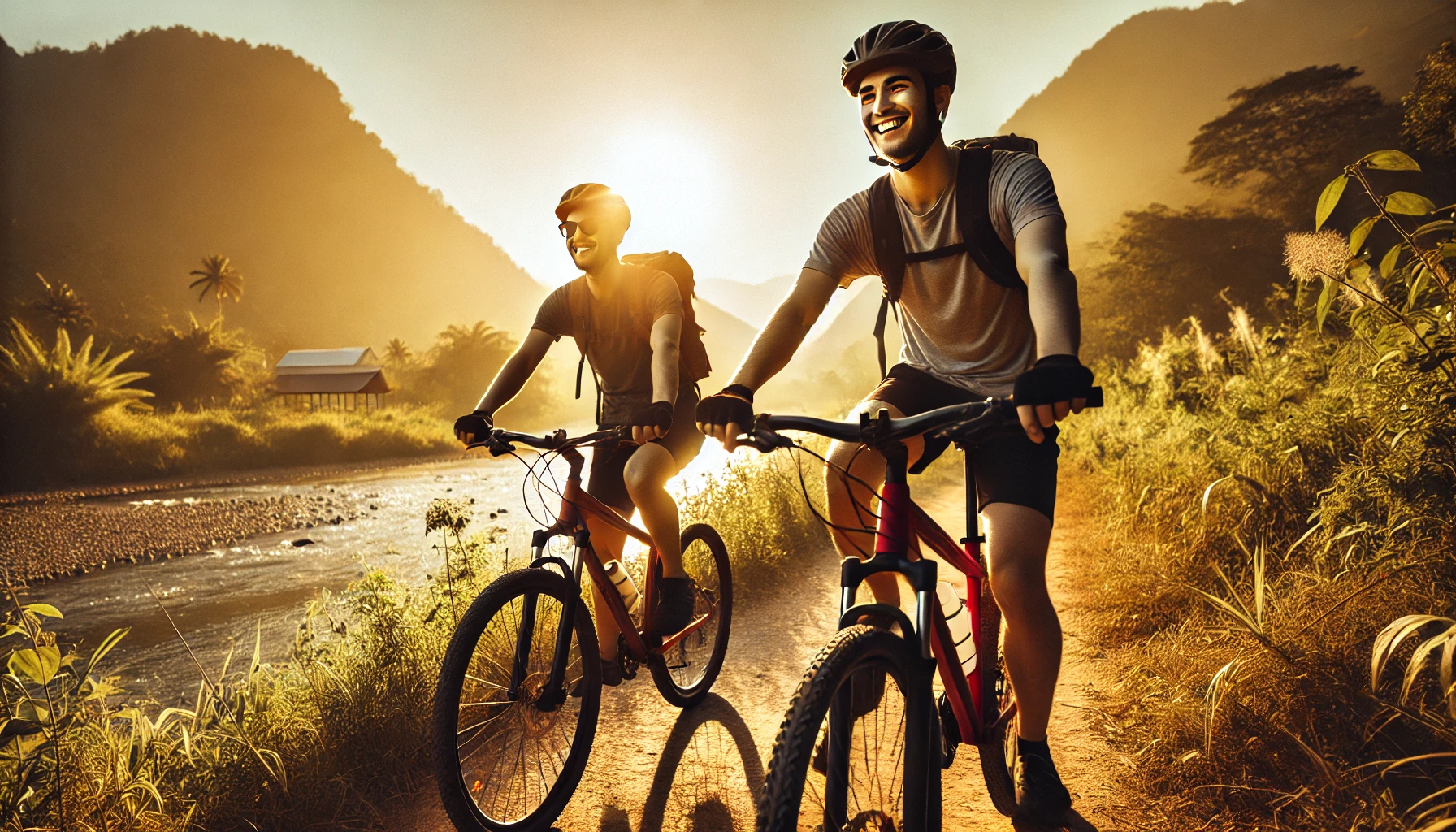
Cycling from Finland to Singapore
-

Linking the Faroe Islands
Growing up, I always wanted to be in the heart of the city—a densely populated, well-connected place (which is why I moved to Singapore). But gradually, I’m starting to crave a quieter life… something more remote, peaceful, and slow-paced. I’ve spent countless hours dreaming about living in a small town in the French Alps, a…
-

The Euphoria is Real
Source: Jom
-

Jom & POFMA
Jom Media has come under scrutiny following a POFMA order for three articles published in their segment, ‘Singapore This Week‘. They voiced concerns over the interpretation of the order, particularly in how it was applied to their content. One of the contentious points raised by Jom was regarding a statement in their publication. While conceding…
-

Long holiday
After a whirlwind of planning, re-planning around Shan‘s work, and, well, a bit of procrastination (who’s judging?), … We’re finally leaving for our extended holidays. Saying “See ya!” to Singapore for three months! This is the longest I’m stepping out of the sunny (yet overly warm) island in the last 7 years. Feels a bit…
-

Nature in an urban setting
I’m very fortunate to have a handful of new trees, some grass and public seating bookend the street I live in. One of my favourite times of the day to be out on my balcony is dusk, because when the sun starts setting and the hustle and bustle of the city subsides, a group of…
-

Kids and urban space
My local council recently bought a bunch of warehouses and turned them into a public park with a playground. What used to be a barren, semi-industrial area suddenly came alive with people and plants. Everyone visiting the park looked in surprise at the playground wondering the same thing: ‘Where have all of these kids been…
-

Tracking “recycled” shoes with Airtags
U.S. petrochemicals giant Dow Inc and the Singapore government said they were transforming old sneakers into playgrounds and running tracks. Reuters put that promise to the test by planting hidden trackers inside 11 pairs of donated shoes. Most got exported instead. […] t a rundown market on the Indonesian island of Batam, a small location…
-
Singapore’s prison system
A documentary by CNA from last year. Looks like I never posted this on my blog. 4 parts.
